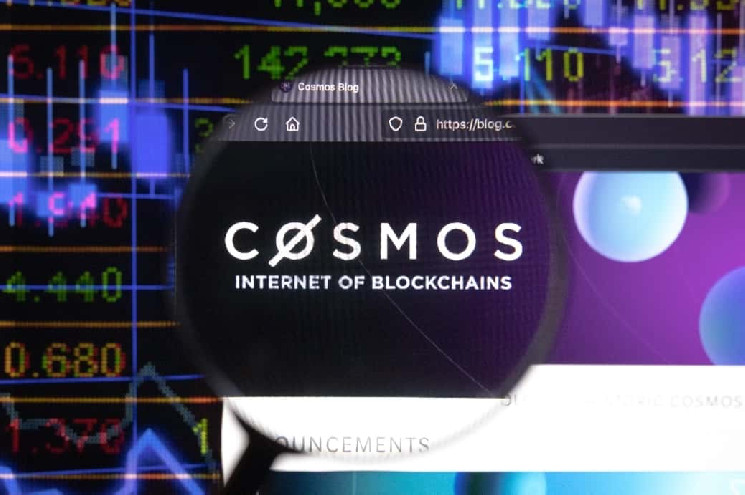
Meter, a Layer-1 (L1) blockchain known for its work on consensus and cross-chain infrastructure, has unveiled Supernova Core, a new open-source consensus framework compatible with the Cosmos (ATOM) source development kit (SDK), as reported to Finbold on Thursday, January 16.
Supernova Core will address performance and scalability issues associated with CometBFT while promoting decentralization within the Cosmos ecosystem.
At the heart of the framework are the HotStuff consensus protocol and Boneh–Lynn–Shacham (BLS) signature aggregation, which allow blockchain developers to leverage new solutions without leaving already familiar frameworks.
The core has been tested on the Meter mainnet, which supports a network of more than 300 validators and manages nearly eight million daily transactions.
Addressing Cosmos SDK issues
Cosmos SDK-based blockchains face ongoing scaling challenges, for example, bottlenecks caused by the growing number of validators.
In turn, the bottleneck limits throughput, while restricted support for Ethereum (ETH) Virtual Machine (EVM) functionality limits cross-chain collaboration.
Supernova Core directly addresses these issues by offering an optimized communication layer, enhanced message efficiency, and full EVM compatibility.
Xiaohan Zhu, Co-Founder of Meter, highlighted the transformative potential of Supernova Core, stating:
“With Supernova Core, we are empowering the community to overcome the limitations of existing Cosmos SDK consensus mechanisms. By introducing innovations like BLS signature aggregation, more efficient network communication layer and the latest advancements in consensus protocols, Supernova Core enables developers to reach new heights of scalability and performance.”
— Xiaohan Zhu
Meter EVM compatibility
Supernova Core is designed to reduce communication overhead and enable networks to scale beyond 150 validators.
Its layered peer-to-peer (P2P) network architecture ensures efficient message delivery, while the HotStuff-based consensus mechanism ensures swift transactions and linear communication overhead scalability.
The framework’s architecture also separates transaction ordering from state processing to enable advanced Layer-2 solutions and promote censorship resistance.
Future updates include parallel EVM execution capabilities as well as an optimized database tailored for Ethereum-inspired key-value access patterns.
